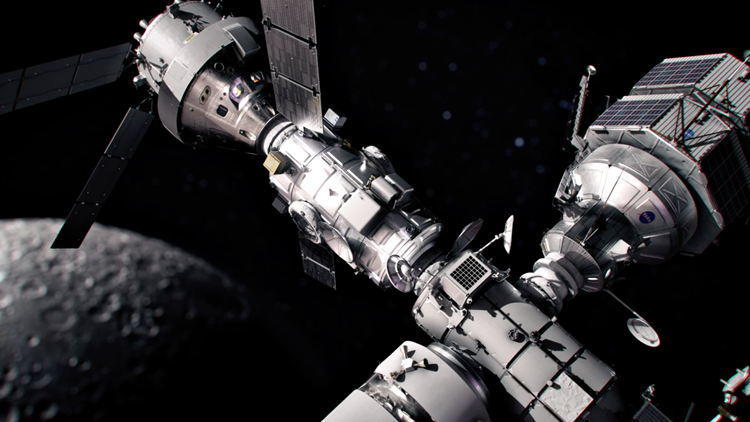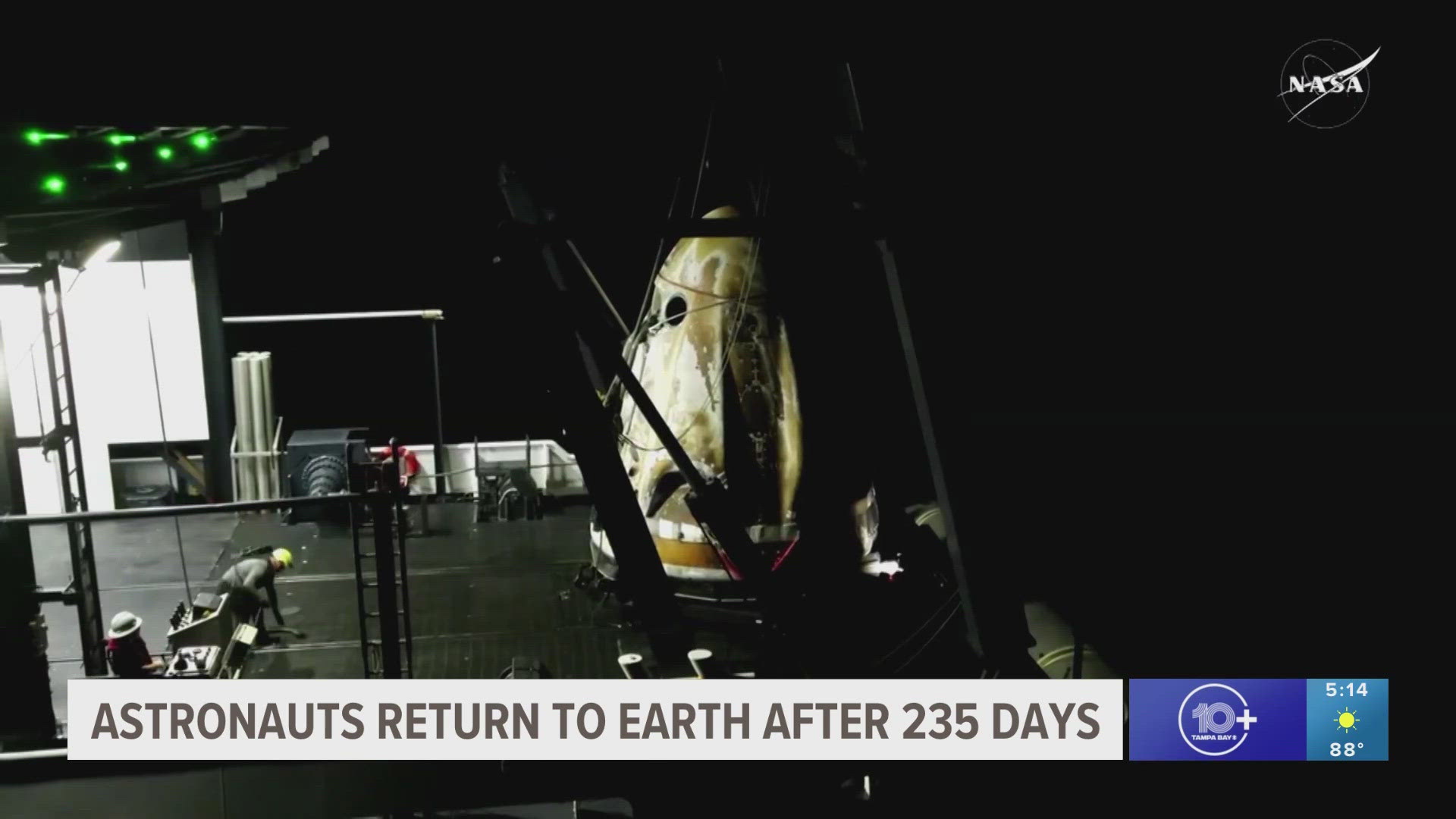Astronauts needing to get from lunar orbit to the Moon's surface might be able to catch a ride on a space taxi, of sorts.
NASA issued a request for information from U.S. companies to indicate interest in providing the transit service to future Artemis astronauts.
The program that looks to send the first woman and next man to the lunar surface says its search comes at a time when NASA is looking for "long-term lunar landing services for crews beginning in the late 2020s."
Specifically, NASA is looking to see what factors would motivate these companies to bid on an upcoming Lunar Exploration Transportation Services (LETS) contract.
The contract will buy routine astronaut transportation services during the Artemis program, according to NASA.
“We are continuing our quest to refine acquisition strategies to ensure government-industry partnerships are streamlined for companies that want to become providers—to the government and other clients—in the emerging lunar marketplace," Lisa Watson-Morgan, manager for the human landing system program at NASA’s Marshall Space Flight Center said.
Responses from interested parties are due by May 6.
RELATED: 4 women spearheaded building the rocket stage set to launch the first woman to the Moon in 2024
The taxiing of astronauts is just one leg in the deep space transportation chain planned for returning astronauts to the Moon for the first time since 1972.
Artemis astronauts will launch from Kennedy Space Center in Florida on the Orion spacecraft atop the Space Launch Systems rocket. Once in lunar orbit, the crew will board the commercial human landing system, which SpaceX was just awarded a contract for, to be carried to the Moon's surface.
During future missions, there will also be an added step for astronauts to board the human landing system from the Gateway lunar outpost.
All elements of the SLS and Orion spacecraft for the Artemis I uncrewed flight test later this year have already arrived in Florida, while production on the Gateway is underway.
“We’ve seen great success from NASA and industry partnerships to regularly send astronauts to the space station from U.S. soil,” Watson-Morgan added. “We’re taking lessons learned from that experience, and believe that this approach will open new, regular opportunities for human access to the Moon in this decade, which is a great step toward sending humans to Mars.”
Moving forward NASA is pushing toward another lofty goal of building a proposed Artemis Base Camp on the Moon that includes things like rovers, power generation and creating a fixed surface habitat.
There are even hopes of crew members validating the capability to extract lunar resources, like water for example, from the Moon and using them to support missions instead of sending payloads from Earth.
What other people are reading right now:
- Public health experts concerned about variants spreading through unvaccinated people
- Dream Chaser spaceplane approved for shuttle-type landing at Kennedy Space Center in 2022
- 60 years since 1st American in space: Tourists lining up
- Parents express excitement over virus shots for children
- USF Health virologist goes over what fully vaccinated people should still avoid
►Breaking news and weather alerts: Get the free 10 Tampa Bay app
►Stay In the Know! Sign up now for the Brightside Blend Newsletter



